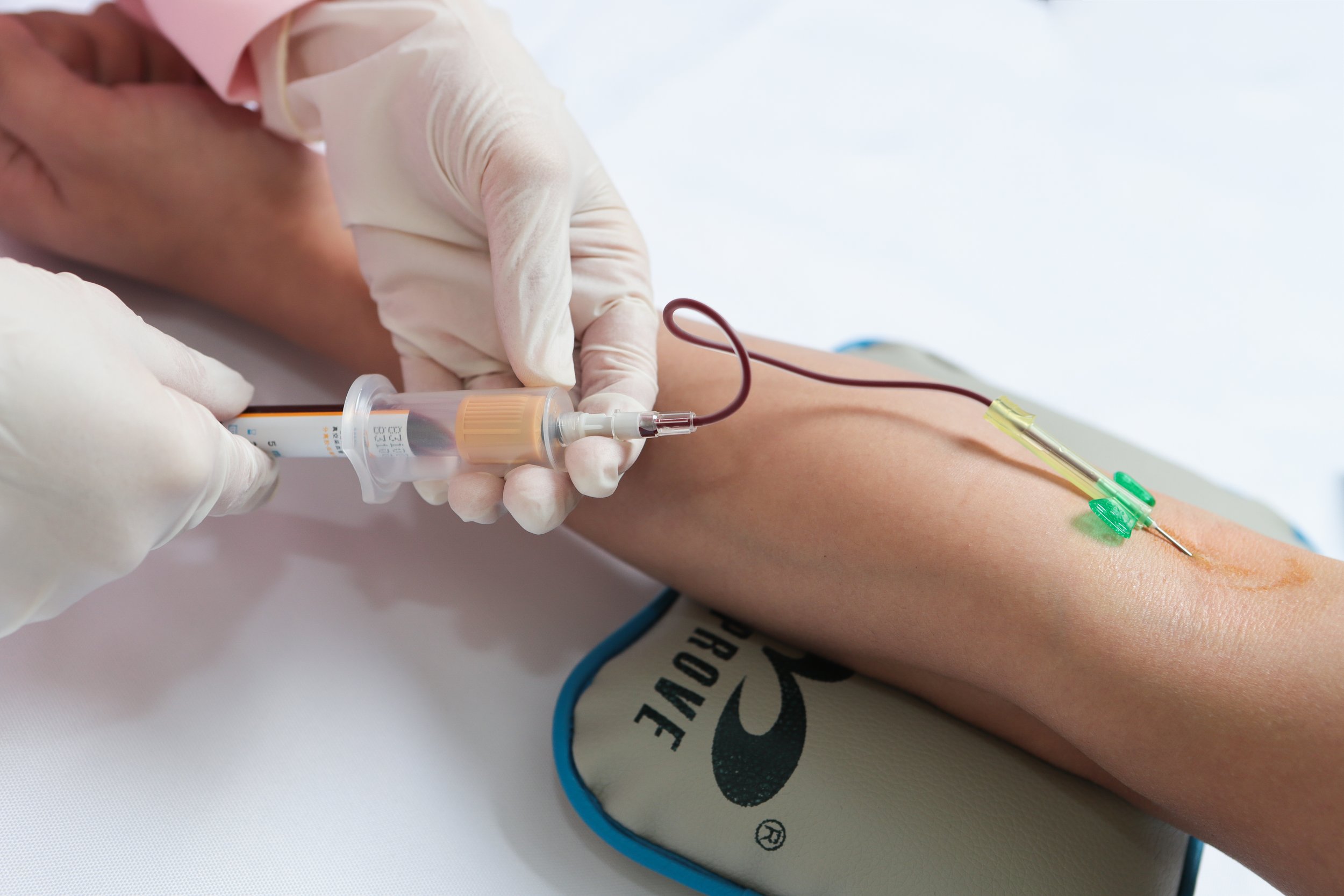Essential Personal Protective Equipment (PPE) for Phlebotomists: Gloves, Gowns, Masks, Goggles, and More
Summary
- Phlebotomists play a crucial role in the healthcare system by drawing blood from patients for various tests and procedures.
- Wearing the appropriate personal protective equipment (PPE) is essential for phlebotomists to prevent infections and ensure their safety.
- The necessary PPE for phlebotomists includes gloves, gowns, masks, goggles, and other specific items to minimize the risk of exposure to bloodborne pathogens.
Introduction
Phlebotomists are healthcare professionals who are responsible for drawing blood from patients for various laboratory tests and procedures. This critical role requires them to take necessary precautions to prevent the spread of infections and protect themselves from exposure to bloodborne pathogens. One vital aspect of ensuring their safety is the use of personal protective equipment (PPE). In this article, we will discuss the essential PPE items that phlebotomists need to wear to prevent infections and maintain a safe working environment.
Gloves
Gloves are one of the most important pieces of PPE for phlebotomists. They provide a barrier between the phlebotomist's hands and the patient's blood, minimizing the risk of exposure to bloodborne pathogens. It is essential for phlebotomists to wear gloves whenever they are drawing blood or handling blood specimens. There are different types of gloves available, such as latex, nitrile, and vinyl. Phlebotomists should choose gloves that fit well and are appropriate for the task at hand.
Gowns
Gowns are another essential PPE item for phlebotomists. They help protect the phlebotomist's clothing from contamination with blood and other body fluids. Gowns should be worn whenever there is a potential for splashing or spraying of blood during the blood draw procedure. Phlebotomists should choose gowns that are fluid-resistant and provide adequate coverage to ensure their safety.
Masks
Masks are crucial for phlebotomists to prevent the spread of respiratory droplets that may contain infectious particles. Phlebotomists should wear masks whenever they are in close contact with patients, especially during the current Covid-19 pandemic. Masks help protect both the phlebotomist and the patient from potential infections. It is essential to choose masks that are appropriate for the level of risk and ensure a secure fit to provide maximum protection.
Goggles
Goggles are necessary for eye protection during blood draw procedures. They help prevent exposure to splashes and sprays of blood that may contain infectious particles. Phlebotomists should wear goggles whenever there is a risk of blood or body fluid splashing into their eyes. It is essential to choose goggles that provide a comfortable fit and adequate coverage to protect the eyes effectively.
Additional PPE
In addition to gloves, gowns, masks, and goggles, there are other specific PPE items that phlebotomists may need to wear depending on the situation. Some of these items include:
- Shoe covers to protect footwear from contamination with blood and body fluids.
- Head covers to prevent hair from falling into the blood draw site.
- Face shields to provide extra protection for the face and eyes during high-risk procedures.
- Respirators for respiratory protection in situations where there is a risk of airborne transmission of Infectious Diseases.
Conclusion
Phlebotomists play a vital role in the healthcare system by drawing blood from patients for various tests and procedures. As healthcare professionals who work with blood and body fluids, phlebotomists face a risk of exposure to bloodborne pathogens and infections. Wearing the appropriate personal protective equipment (PPE) is essential for phlebotomists to prevent infections and ensure their safety. The necessary PPE items for phlebotomists include gloves, gowns, masks, goggles, and other specific items to minimize the risk of exposure and maintain a safe working environment. By following proper PPE protocols, phlebotomists can protect themselves, their patients, and their colleagues from the spread of infections.

Disclaimer: The content provided on this blog is for informational purposes only, reflecting the personal opinions and insights of the author(s) on the topics. The information provided should not be used for diagnosing or treating a health problem or disease, and those seeking personal medical advice should consult with a licensed physician. Always seek the advice of your doctor or other qualified health provider regarding a medical condition. Never disregard professional medical advice or delay in seeking it because of something you have read on this website. If you think you may have a medical emergency, call 911 or go to the nearest emergency room immediately. No physician-patient relationship is created by this web site or its use. No contributors to this web site make any representations, express or implied, with respect to the information provided herein or to its use. While we strive to share accurate and up-to-date information, we cannot guarantee the completeness, reliability, or accuracy of the content. The blog may also include links to external websites and resources for the convenience of our readers. Please note that linking to other sites does not imply endorsement of their content, practices, or services by us. Readers should use their discretion and judgment while exploring any external links and resources mentioned on this blog.
